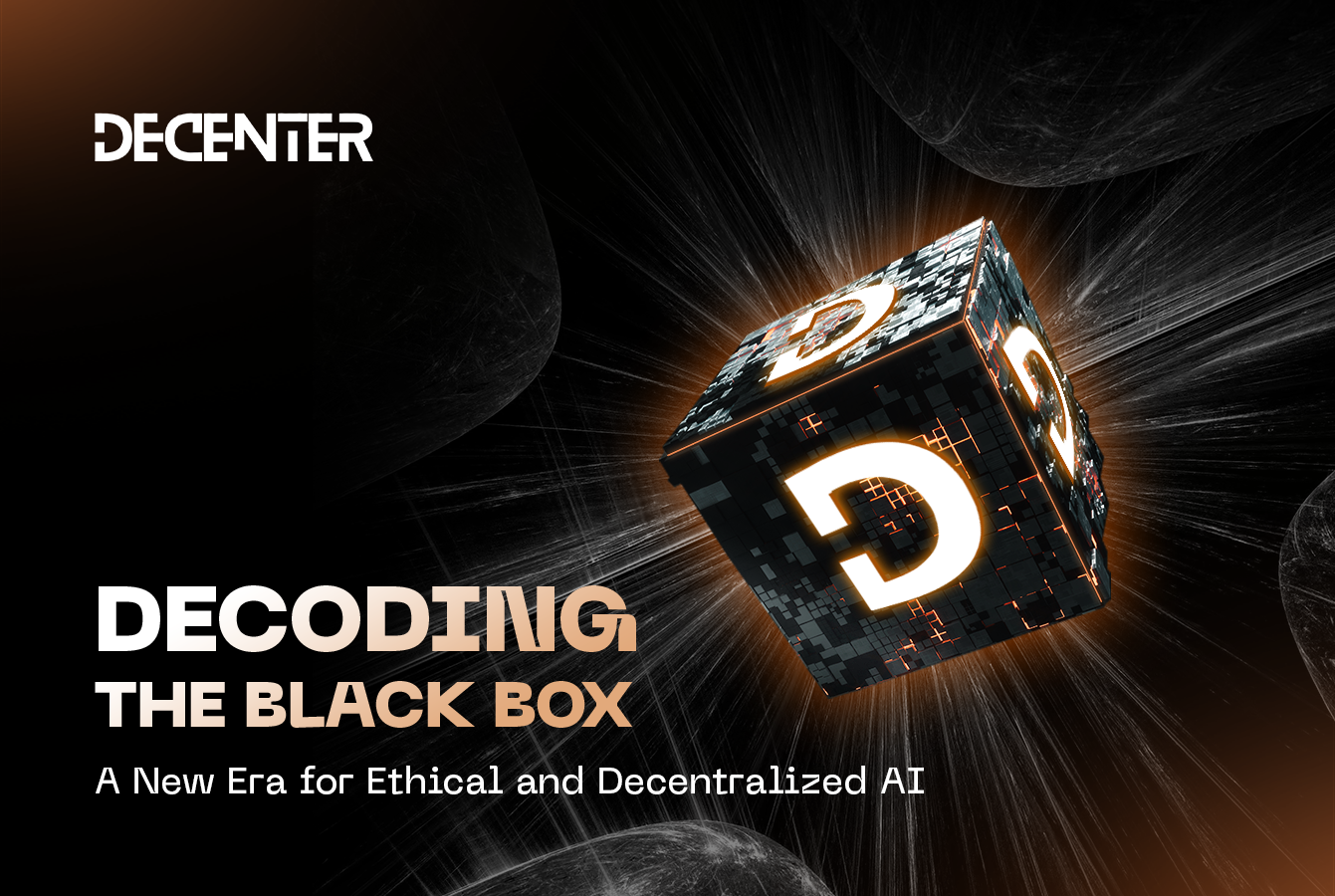Decoding the Black Box: A New Era for Ethical and Decentralized AI
Introduction: How to know if AI is ethical?
Artificial Intelligence (AI) is rapidly changing our world. From helping doctors diagnose diseases to recommending your next favorite song, AI is becoming a powerful force in our daily lives. But with great power comes great responsibility. How do we make sure these smart systems are fair, safe, and working for everyone? This is where the tricky problem of checking and guiding AI – what we call AI auditing and ethical governance – comes in.
According to UNESCO on examples of ethical dilemmas, when you search online for "school girl," you'll often see many pictures of women and girls in overly sexualized outfits. But if you search for "school boy," you'll typically find photos of ordinary young male students. This stark difference is a clear example of bias in artificial intelligence. This kind of bias isn't just about gender; it can come from many unfair ways groups are shown in our society, like those related to race or age.
AI systems, like search engines, aren't neutral. They sort huge amounts of data and highlight results that get the most clicks. This means a search engine can become an echo chamber, reflecting and even highlighting unfair ideas from the real world. To fix this, we must avoid or at least minimize bias when we create AI rules, when we pick the vast amounts of data AI learns from, and when we use AI to make important decisions that affect people's lives.
The "Black Box" Problem: What's Happening Inside?
Often, complex AI systems are like "black boxes”. We know what information we put in (data) and what decisions or predictions come out, but the exact internal workings – how the AI reached its conclusion – can be incredibly complicated and hidden, even to its creators.
This "black box" nature makes it hard to:
Trust the AI: If we don't know how it works, how can we be sure it's making good, unbiased decisions?
Fix mistakes: If the AI gets something wrong, finding the cause within its complex web can be a nightmare.
Ensure fairness: How do we check if it's treating everyone equally, without hidden biases?
The Self-Checking Dilemma: Can Companies Police Themselves?
Right now, a big challenge is that the companies building these powerful AI systems are often the same ones checking their own work. They are the producers, the self-auditors, and often the final judges of their AI's ethical performance.
Think about it: it’s like a restaurant writing its own food safety reviews. While many companies have good intentions, this "closed loop" system raises big questions:
Bias: AI learns from data. If that data reflects existing societal biases (like unfairness in hiring or loan applications), the AI can learn and even amplify these biases. Will a company always be the best at spotting its own system's ingrained prejudices?
Fairness: What one company considers "fair" might not match what the wider community or different cultures believe is fair.
Accountability: If an AI system causes harm – say, by unfairly denying someone a job or a loan – who is truly responsible when the creator and the checker are one and the same? It’s hard to have real accountability without independent oversight.
Missing Pieces: Global Rules and Community Watchdogs
The problem gets bigger when we look at the global picture.
No Universal Rulebook: There aren't consistent, worldwide ethical standards for AI. What's considered acceptable in one country might be a major concern in another. This makes it tough to build AI that everyone can trust, especially when AI systems operate across borders.
Lack of Independent, Open Audits: We're missing scalable (able to grow to meet demand), community-operated, transparent (open to public scrutiny), and multi-regional (involving people from different parts of the world) audit systems. Imagine teams of independent experts and community representatives who can look "under the hood" of AI systems, assess their risks, and check for fairness, regardless of where the AI was built.
Why Does This Matters to AI Consumers?
This isn't just a techy problem; it affects real people.
An AI used for hiring could unfairly screen out qualified candidates from certain backgrounds.
An AI in the justice system could perpetuate biases, leading to unfair sentences.
An AI determining loan eligibility could discriminate against people in certain neighborhoods.
Without robust, independent auditing and clear ethical guidelines, we risk creating a future where AI deepens existing inequalities rather than solving problems.
The Way Forward: Open, Shared, and Fair AI Checking
So, what's the solution? We need to move towards decentralized AI auditing. This means:
Independent Auditors: Not just the AI creators, but separate organizations, academic groups, and community bodies should be involved in checking AI systems.
Transparency: Audit processes and findings should be as open as possible, so the public can understand how an AI is being checked and what the results are.
Global Standards, Local Understanding: We need to work together internationally to create baseline ethical principles for AI, while also allowing for regional and cultural values to shape how these principles are applied.
Community Involvement: People who will be affected by AI systems should have a voice in how they are designed, tested, and governed.
Building these systems won't be easy. It will require collaboration between governments, tech companies, researchers, and everyday people. But the effort is crucial.
Opening up the "black box" and moving beyond self-policing is vital if we want to build an AI-powered future that is fair, accountable, and truly benefits all of humanity.
Want to be a part of our unbiased community? Stay tuned to see how DECENTER keeps tabs on our AI Development: Secure, Unbiased, and Decentralized.
👉 Follow us on X: [Link X]





